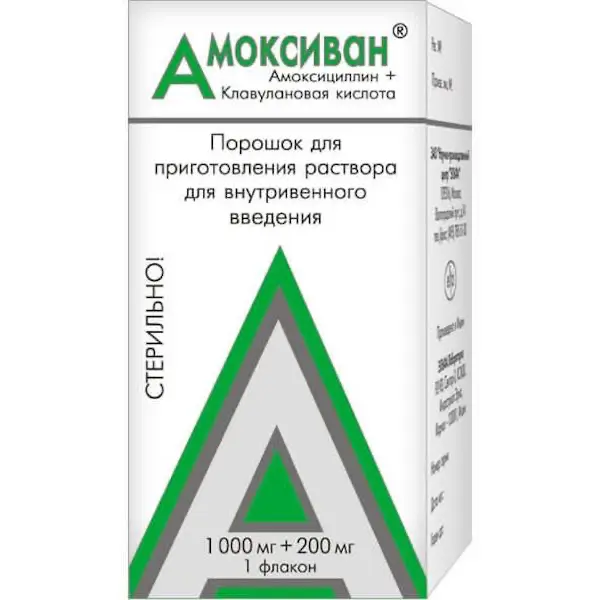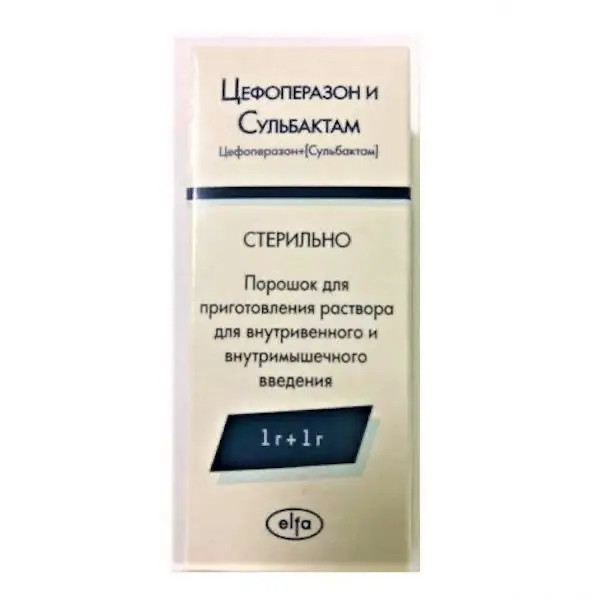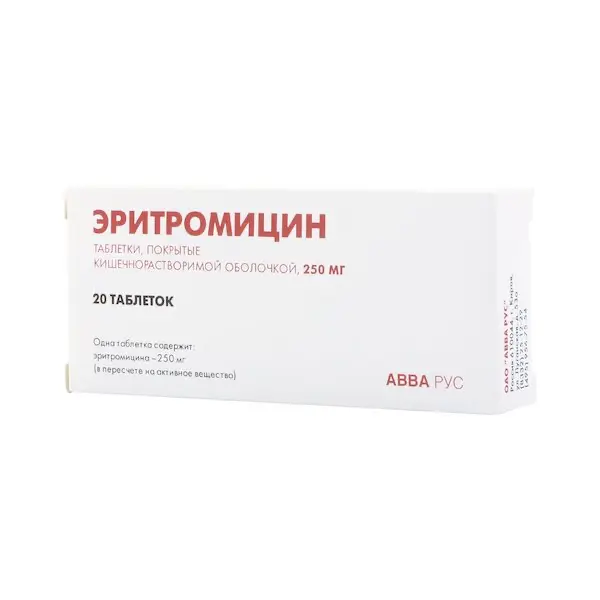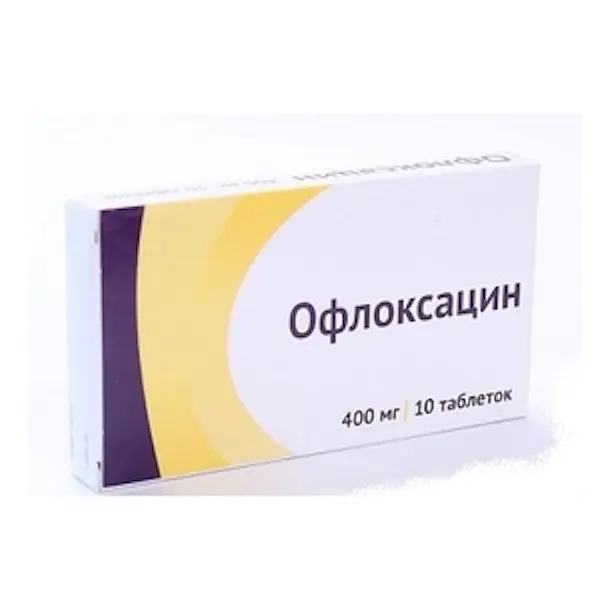Description
Amoxivan Pharmacodynamics
Mechanism of action
Amoxicillin is a semi-synthetic broad-spectrum antibiotic with activity against many Gram-positive and Gram-negative microorganisms. At the same time, amoxicillin is susceptible to degradation by beta-lactamases and, therefore, the spectrum of amoxicillin activity does not extend to microorganisms that produce these enzymes.
Clavulanic acid is a beta-lactamase inhibitor structurally related to penicillins and has the ability to inactivate a wide range of beta-lactamases found in microorganisms resistant to penicillins and cephalosporins. Clavulanic acid is sufficiently effective against plasmid beta-lactamases that most often cause bacterial resistance.
The two main mechanisms of resistance to the combination of amoxicillin with clavulanic acid are: 1. Inactivation by bacterial beta-lactamases that are not themselves inhibited by clavulanic acid, including various Amber class B, C and D amino acid sequences. 2. Changes in penicillin-binding proteins that decrease the degree of affinity of the antibacterial agent for the target.
Reduced outer membrane permeability and efflux pump mechanisms can cause or contribute to resistance, especially among Gram-negative microorganisms.
The presence of clavulanic acid in the drug protects amoxicillin from degradation by enzymes – beta-lactamases, which allows to expand the antibacterial spectrum of amoxicillin.
Pharmacodynamic effects
Below is a classification of microorganisms according to their sensitivity in vitro to the combination of amoxicillin and clavulanic acid.
Bacteria generally sensitive to the combination of amoxicillin with clavulanic acid
Gram-positive aerobes:
Bacilis anthracis
Enterococcus faecalis
Listeria monocytogenes
Nocardia asteroides
Streptococcus pneumoniae1,2
Streptococcus pyogenes1,2
Streptococcus agalactiae1,2
Streptococcus viridans1,2
Streptococcus spp. (other beta-haemolytic streptococci)1,2
Staphylococcus aureus (methicillin sensitive)1
Staphylococcus saprophyticus (methicillin sensitive)
Coagulase-negative staphylococci (sensitive to methicillin)
Gram-positive anaerobes:
Clostridium spp.
Peptococcus niger
Peptostreptococcus magnus
Peptostreptococcus micros
Peptostreptococcus spp.
Gram-negative aerobes:
Bordetella pertussis
Haemophilus influenzae1
Helicobacter pylori
Moraxella catarrhalis1
Neisseria gonorrhoeae
Pasteurella multocida
Vibrio cholerae
Gram-negative anaerobes:
Bacteroides fragilis
Bacteroides spp.
Capnocytophaga spp.
Eikenella corrodens
Fusobacterium nucleatum
Fusobacterium spp.
Porphyromonas spp.
Prevotella spp.
Others:
Borrelia burgdorferi
Treponema pallidum
Leptospira icterohaemorrhagiae
Bacteria for which acquired resistance to the combination of amoxicillin with clavulanic acid is likely:
Gram-negative aerobes:
Escherichia coli1
Klebsiella pneumoniae1
Klebsiella oxytoca
Klebsiella spp.
Proteus mirabilis
Proteus vulgaris
Proteus spp.
Salmonella spp.
Shigella spp.
Gram-positive aerobes:
Corynehacterium spp.
Enterococcus faecium
Streptococcus pneumoniae 1,2
Streptococci of the Viridans group.
Bacteria with natural resistance to the combination of amoxicillin with clavulanic acid:
Gram-negative aerobes.
Acinetobacter spp.
Citrobacter freundii
Enterobacter spp.
Hafnia alvei
Legionella pneumophila
Morganella morganii
Providencia spp.
Pseudomonas spp.
Serratia spp.
Stenotrophomonas maltophilia
Yersinia enterocolitica.
Other
Chlamydia pneumoniae
Chlamydia psittaci
Chlamydia spp.
Coxiella burnetti
Mycoplasma spp.
1- For these bacteria, the clinical efficacy of the combination of amoxicillin with clavulanic acid has been demonstrated in clinical studies.
2- Strains of these bacterial species do not produce beta-lactamase. Sensitivity in amoxicillin monotherapy suggests similar sensitivity to the combination of amoxicillin with clavulanic acid
Indications
Bacterial infections caused by microorganisms sensitive to the drug:
– Infections of the lower respiratory tract (exacerbation of chronic bronchitis, lobular pneumonia and bronchopneumonia);
– Infections of ENT organs (otitis media, sinusitis, recurrent tonsillitis)
– Infections of the urinary tract (including cystitis, urethritis, pyelonephritis);
– Pelvic organ infections (including salpingitis, salpingo-oophoritis, endometritis, septic abortion, penile peritonitis, postpartum sepsis);
– Skin and soft tissue infections (phlegmon, wound infection, rye, impetigo, abscesses);
– Bone and joint infections (including chronic osteomyelitis);
– Sexually transmitted infections (gonorrhea);
– Other infectious diseases: septicemia, peritonitis, intra-abdominal sepsis, postoperative infections.
Prophylaxis of postoperative infections during surgical interventions on the gastrointestinal tract, pelvic organs, head and neck, heart, kidneys, biliary tract, as well as during implantation of artificial joints.
Contraindications
– Hypersensitivity to amoxicillin and clavulanic acid;
– Hypersensitivity to penicillins, cephalosporins, other beta-lactam antibiotics;
– episodes of jaundice or liver function abnormality as a result of amoxicillin/clavulanic acid in the anamnesis.
Dosage and administration
- The drug is administered intravenously (IV).
Dosing regimen depends on the age, body weight and kidney function of the patient, as well as the severity of the infection. - The minimum course of antibiotic therapy is 5 days. The maximum duration of therapy may be 14 days, after which the efficacy and tolerability should be evaluated.
Doses are given in terms of amoxicillin/clavulanic acid. - Adults and children over 12 years and body weight over 40 kg
Mild to moderate infections: 1000 mg/200 mg every 8 hours.
Severe infections: 1000 mg/200 mg every 4-6 hr. - Prophylaxis in surgery
Interventions lasting less than 1 h; 1000 mg/200 mg during induction anesthesia .
Interventions lasting more than 1 h: 1000 mg/200 mg during induction anesthesia and then up to 4 doses of 1000 mg/200 mg over 24 h.
Patients with impaired renal function
Dose adjustment is based on the maximum recommended dose of amoxicillin.
Creatinine clearance >30 ml/min
No dose adjustment is required
Creatinine clearance 10-30 mL/min
Initially 1000 mg/200 mg and further 500 mg/100 mg 2 times per day
Creatinine clearance < 10 ml/min
Initially 1000 mg/200 mg and then 500 mg/100 mg every 24 hours - Patients on hemodialysis
Dose adjustment is based on the maximum recommended dose of amoxicillin.
A dose of 1000 mg/200 mg is administered first, then 500 mg/100 mg every 24 hours and additionally 500 mg/100 mg at the end of hemodialysis session (to compensate the decrease of plasma levels of amoxicillin and clavulanic acid).
Patients with impaired liver function
Treatment should be undertaken with caution; liver function should be monitored regularly. - Children
For children with body weight less than 40 kg the dose is calculated depending on body weight.
Under 3 months with body weight less than 4 kg
(25 mg/5 mg)/kg every 12 hours.
Younger than 3 months with body weight over 4 kg
(25 mg/5 mg)/kg every 8 hours.
In children younger than 3 months of age, the drug should be administered only slowly by infusion for 30-40 minutes.
From 3 months to 12 years of age.
(25 mg/5 mg)/kg every 6-8 hours depending on the severity of the infection.
Children with impaired renal function
Dose adjustment is based on the maximum recommended dose of amoxicillin.
Creatinine clearance >30 ml/min
No dose adjustment is required
Creatinine clearance 10-30 mL/min
(25 mg/5 mg)/kg 2 times a day.
Creatinine clearance < 10 ml/min
(25 mg/5 mg)/kg every 24 hours. - Children on hemodialysis.
Dose adjustment based on maximum recommended amoxicillin. (25 mg/5 mg)/kg every 24 hours and an additional (12.5 mg/2.5) mg/kg at the end of a hemodialysis session (to compensate for decreased serum amoxicillin and clavulanic acid levels) and thereafter (25 mg/5 mg)/kg daily.
Children with impaired liver function
Caution is advised during treatment; liver function is regularly monitored. - Directions for use
Bolus injection
Dilute the powder with water for injection.
Preparation/solvent ratio
Vial
Solvent (ml)
1000 mg/200 mg
20
The preparation can be administered as a slow intravenous injection of 3-4 minutes directly into the vein or via catheter.
The resulting solution should be administered within 20 minutes after dilution.
Infusion administration:
The drug is administered intravenously by drop infusion during 30-40 minutes, pre-dissolving the powder in the volume of water for injection indicated in the table above, the obtained solution is added to 100 ml of solvent: 0.9% sodium chloride solution, sodium lactate solution for intravenous injection, Ringer solution, Ringer lactate solution by Hartmann.





